To protect your deck from planters, use saucers or trays underneath them and add a layer of waterproof material between the planter and the deck surface. This will prevent water damage and rot, preserving the integrity of your deck for years to come.
Deck planters are a wonderful addition to any outdoor space, adding beauty and greenery to your deck. However, they can also pose a risk to the structure itself if not properly protected. Water damage, rot, and staining are common issues that can arise from placing planters directly on your deck.
Fortunately, there are simple steps you can take to safeguard your deck from planters. By using saucers or trays beneath the planters and adding a layer of waterproof material between the planter and the deck surface, you can prevent water penetration and protect your deck’s longevity. We will explore these protective measures in more detail, ensuring your deck remains in top-notch condition while still enjoying the vibrant allure of deck planters.
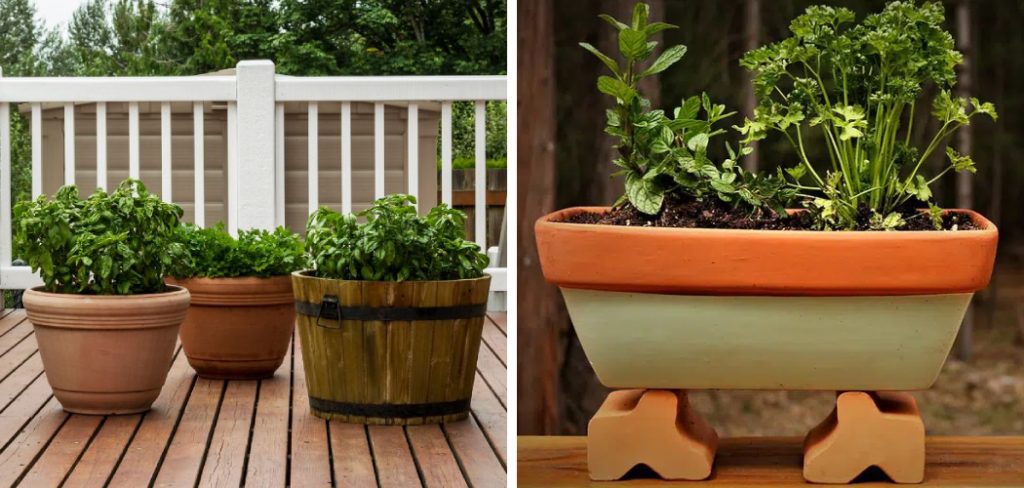
How to Protect Deck from Planters: Step by Step Guide
1: Water Damage From Planters
Planters on decks can cause water damage, leading to the pooling of water. This can result in unsightly water stains and discoloration on the deck surface. Additionally, the presence of planters can create risks of wood decay and rot. To protect your deck from these issues, there are a few steps you can take.
First, ensure that your planters have proper drainage to prevent water from accumulating. You can achieve this by using saucers or lining the bottom of the planters with rocks or gravel. Additionally, consider using planters with elevated feet or placing them on pads to allow for air circulation under the pots.
Regularly inspect your deck for any signs of water damage and address any issues promptly to prevent further damage. By taking these precautions, you can protect your deck from the potential harm caused by planters.
2: Scratches And Dents From Planters
Planters can leave marks on the deck, especially if they are rough or heavy. These marks, such as scratches and dents, can be unsightly and diminish the overall appearance of your outdoor space. To protect your deck from planters, it is important to take some preventative measures.
One way to avoid scratches is by placing a protective barrier, such as saucers or felt pads, between the planter and the deck surface. This will help to cushion the planter and prevent direct contact with the deck. Additionally, it is important to lift and reposition the planters instead of dragging them across the deck.
Dragging can cause damage to not only the deck but also the planter itself. By being mindful of these potential issues, you can keep your deck looking beautiful and free from the marks left by planters.
3: Mold And Mildew Growth
Excess moisture on decks can lead to mold and mildew growth, which poses several problems. Humidity and poor ventilation are major contributing factors to the growth of these harmful substances. Not only do mold and mildew create health risks for humans, but they also cause deck degradation.
Preventing the accumulation of excess moisture is crucial to protect your deck from the damaging effects of mold and mildew. Regularly inspect your planters for leaks and ensure they have proper drainage to avoid water retention. You can also use saucers or liners to prevent direct contact between the planters and the deck surface.
Furthermore, consider using elevated stands or risers to increase air circulation around the planters. By implementing these measures, you can keep your deck free from mold and mildew and maintain its longevity.
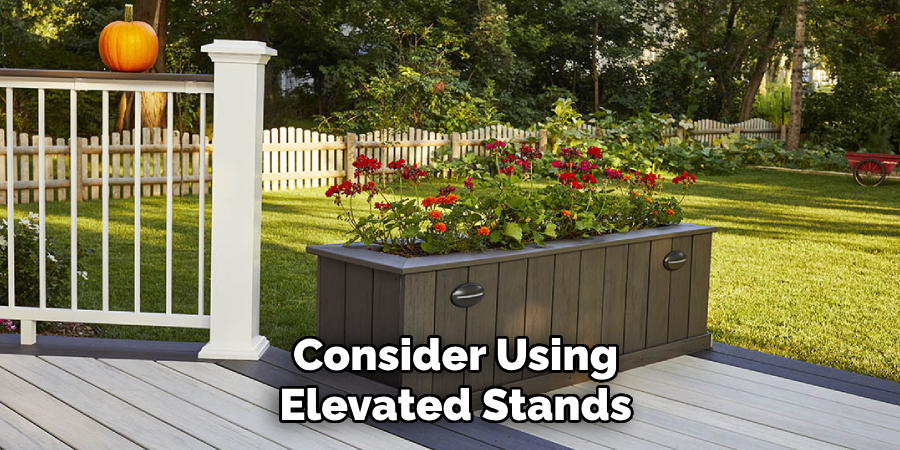
4: Using Pot Feet Or Risers
Elevating planters with pot feet or risers allows air circulation and drainage, preventing direct contact with the deck surface.
5: Creating A Protective Barrier
To protect your deck from planters, create a protective barrier using saucers, trays, or liners.
6: Regular Maintenance And Cleaning
Regularly clean and inspect the planters to protect the deck from potential damage. Remove debris and water buildup promptly to prevent any issues. Use gentle cleaning solutions to avoid causing harm to the deck. By following these maintenance practices, you can ensure the long-term integrity of your deck and the planters.
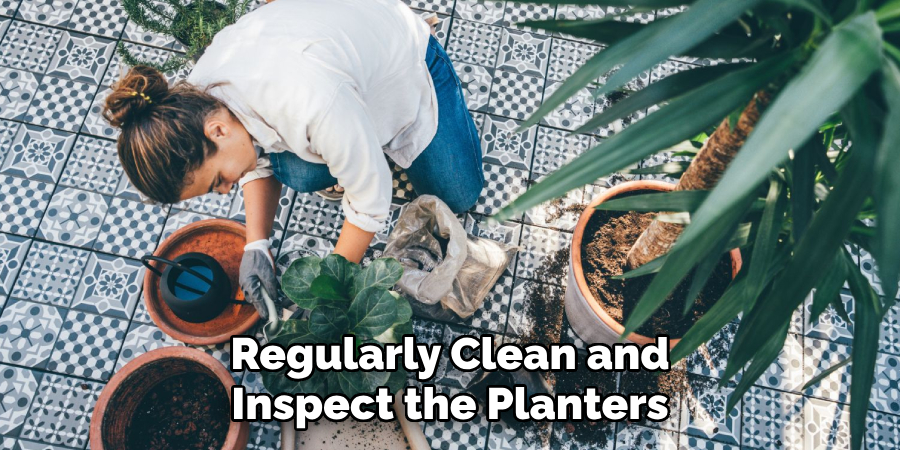
Keep your deck in good condition by taking care of your planters and preventing any unnecessary damage.
7: Lightweight And Portable Planters
Protecting your deck from planters is important to maintain its integrity and aesthetics. To ensure easy movement and prevent potential damage, opt for lightweight and portable planters. These planters are easy to handle and allow for deck rearrangement whenever needed.
By using lightweight planters, you minimize the risk of placing excessive weight on your deck. This helps to avoid sagging or structural issues that heavy planters can cause over time. Additionally, lightweight and portable planters make it simpler to rearrange your deck’s layout, providing flexibility and versatility.
So, when selecting planters for your deck, prioritize lightweight options to protect its long-term durability.
8: Self-Watering Planters
Self-watering planters are an effective solution to protect your deck from water damage. These planters control water flow and prevent over-saturation, reducing the risk of damage. They provide consistent moisture without pooling or runoff, ensuring the health of your plants and the safety of your deck.
With self-watering planters, you can enjoy the beauty of plants without worrying about excessive water seeping into your deck. These planters are a practical and efficient way to protect your deck from the potential damage caused by traditional planters. So, if you want to maintain the integrity of your deck while enjoying the beauty of plants, consider investing in self-watering planters.
9: Hanging Planters And Vertical Gardens
Hanging or vertical planters are a great way to protect your deck from potential damage. These types of planters save space by not taking up precious floor space on your deck. With less direct contact with the deck surface, the risk of water damage and mold growth is greatly reduced.
By using hanging or vertical planters, you can enjoy the beauty of plants without compromising the integrity of your deck. These planters are not only practical but also add a unique and aesthetically pleasing element to your outdoor space. Protecting your deck from planters is essential to ensure its longevity and maintain its appearance.
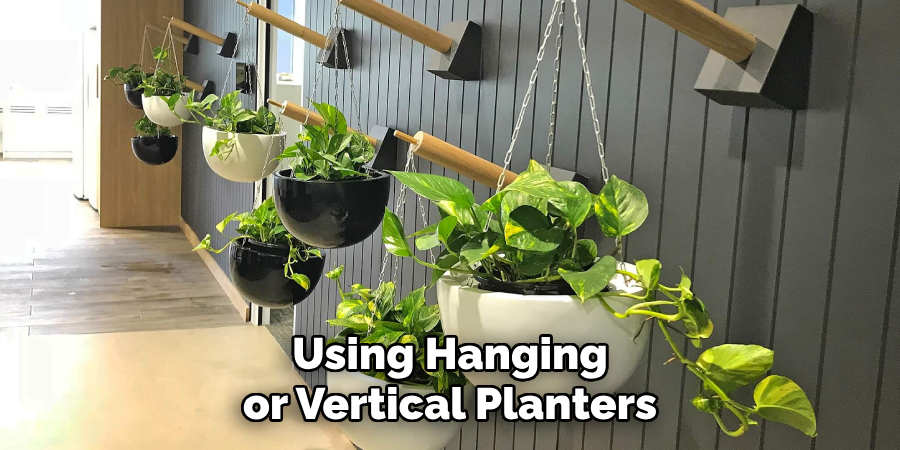
Consider incorporating hanging or vertical planters into your deck design to keep it safe and beautiful for years to come.
Frequently Asked Questions Of How To Protect Deck From Planters
How Do You Protect A Deck From Planters?
To protect a deck from planters, you can use saucers or pot risers to elevate them and prevent water damage. You can also place a protective barrier, like a plastic mat or tray, between the planter and the deck surface to prevent scratches or staining.
Regularly inspect and clean under the planters to avoid any water accumulation or pest infestations.
What Materials Can Be Used To Protect The Deck From Planters?
There are several materials you can use to protect a deck from planters. These include saucers or pot risers made of plastic or rubber, which provide elevation and prevent water damage. Additionally, plastic mats or trays can be used as a barrier between the planter and the deck surface to prevent scratches and staining.
Should I Line The Bottom Of My Planters To Protect The Deck?
Yes, lining the bottom of your planters is a good idea to protect the deck. You can use a landscape fabric or a thick plastic liner to create a barrier between the planter and the deck surface. This will prevent any moisture or dirt from seeping through and causing damage to the deck.
How Often Should I Inspect Planters On My Deck?
It is recommended to inspect your planters on the deck regularly, especially during watering or after rainfall. Look for signs of water accumulation, pest infestations, or any damage caused by the planters. By conducting regular inspections, you can address any potential issues early on and protect your deck from any long-term damage.
Can I Use Natural Remedies To Protect My Deck From Planters?
Yes, you can use natural remedies to protect your deck from planters. For example, you can mix vinegar and water to create a homemade cleaning solution. Regularly cleaning the deck surface with this solution can help prevent stains and grime buildup caused by planters.
Additionally, sealing the deck with natural oils can provide added protection against moisture damage.
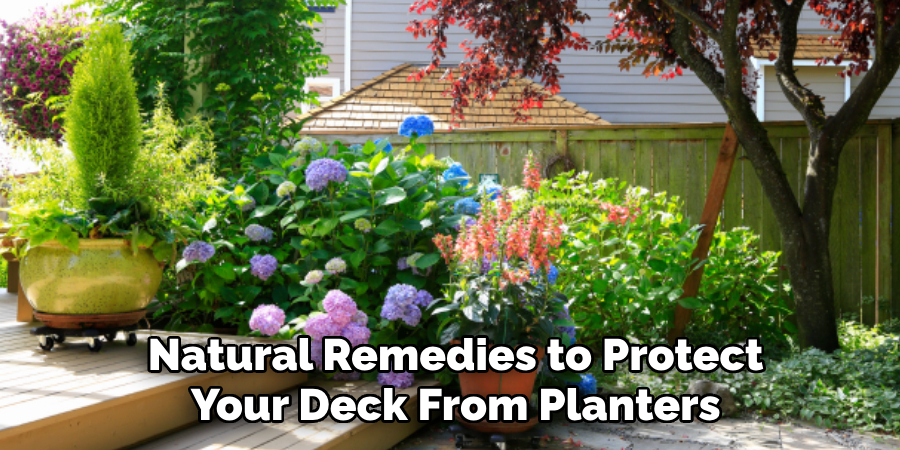
Conclusion
To keep your deck protected from the damage caused by planters, implementing a few key strategies is crucial. By using saucers or liners to prevent water from pooling, choosing lightweight and durable planters, and regularly rearranging your plants to distribute weight evenly, you can ensure the long-term health of your deck.
Additionally, considering alternative planting options, such as vertical gardens or hanging baskets, can also help protect your deck from potential damage. Taking the time to properly prepare your deck before placing planters on it and staying vigilant in monitoring for any signs of damage or wear and tear will go a long way in preserving its integrity.
With these tips in mind, you can enjoy a beautiful garden on your deck while ensuring its longevity and structural integrity for years to come.
